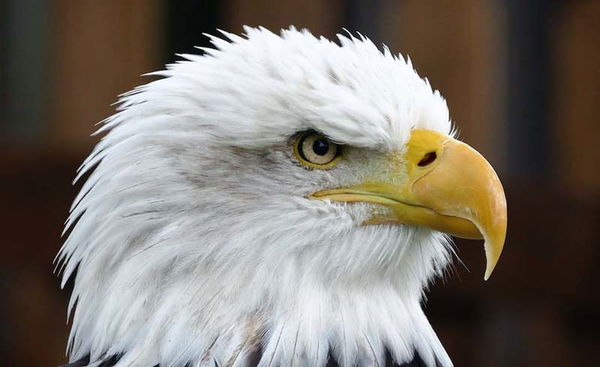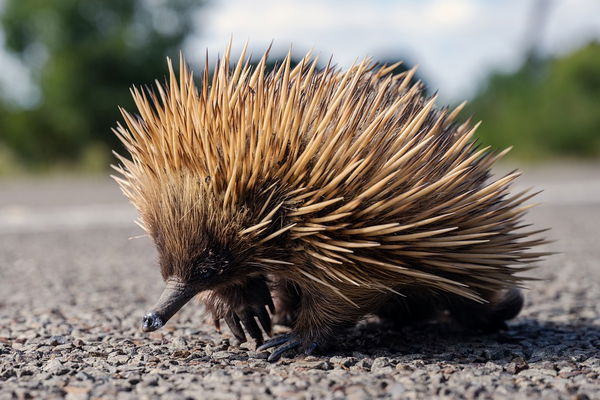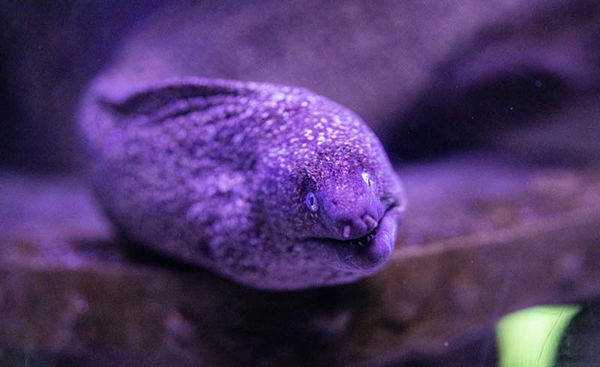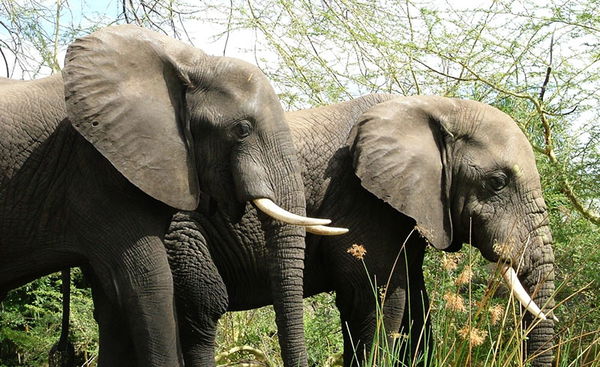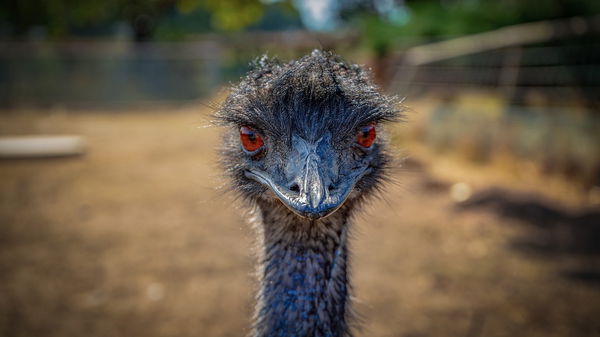The eagle is a predatory bird found around the world, except for in Antarctica. They are known for their sharp vision and powerful claws, which allow them to capture prey in mid-flight. Eagles feed on a variety of prey, such as small mammals, reptiles, and fish, and are considered expert hunters.
In addition to being excellent hunters, eagles are symbols of strength and freedom in many cultures. These majestic birds have wide wings and a distinctive head with a strong, curved beak. Depending on the species, their plumage can range from dark brown to golden or even white.
The eagle is a fascinating animal that has been the subject of admiration and respect for centuries. It is one of the most iconic animals in the natural world and a popular figure in the culture and mythology of many societies.
